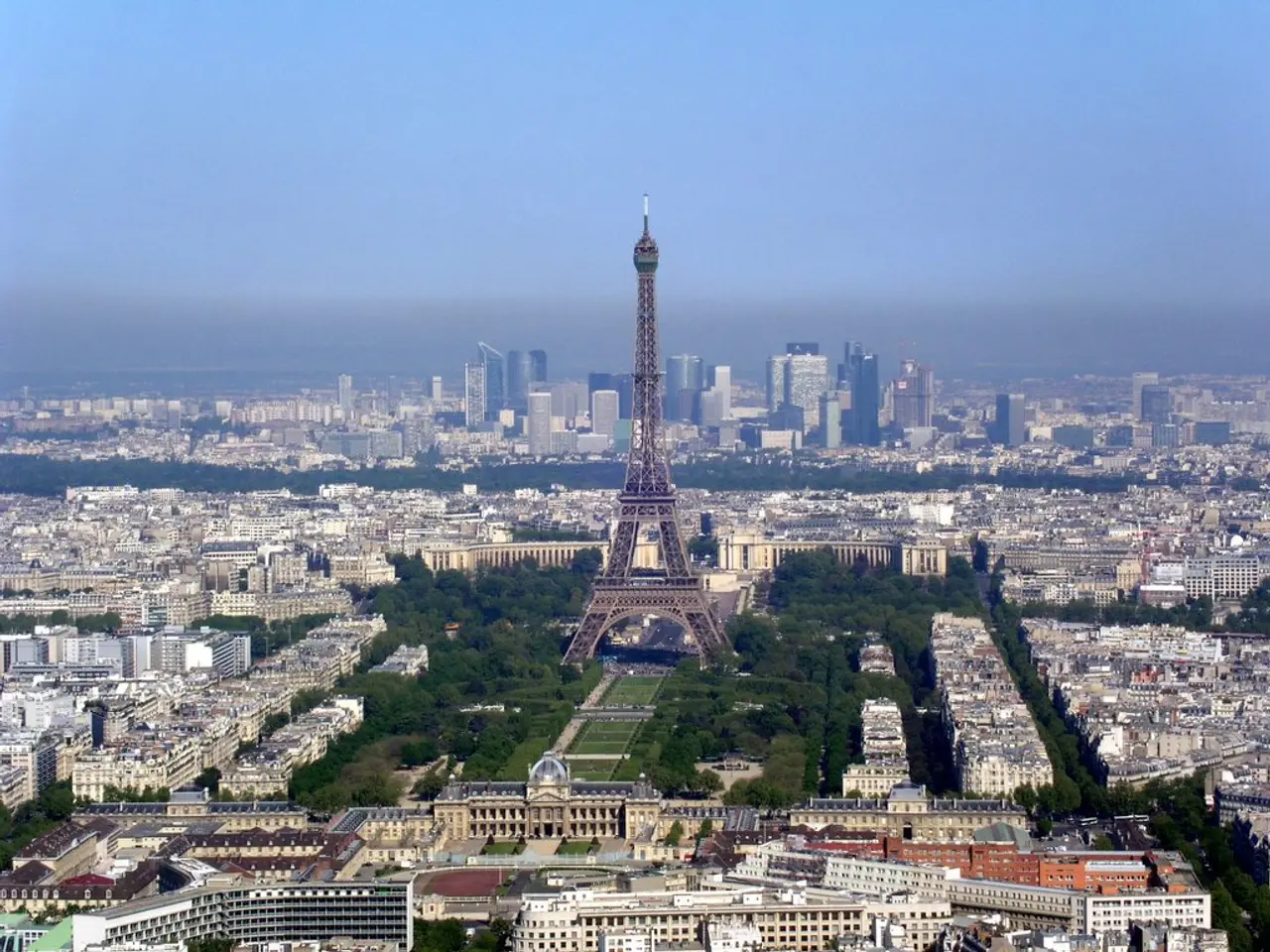Summertime expansion of the Eiffel Tower revealed
The Eiffel Tower, an iconic symbol of Paris and human ingenuity, is not as static as it may seem. Historical records document that the tower's height varies across different seasons, subjecting this enduring monument to the forces of nature.
Engineers, intrigued by this phenomenon, compare current measurements with historical data to identify trends and patterns in the tower's height changes. This exercise is not merely an exercise in curiosity; it holds profound implications for the fields of architecture, engineering, and material science.
The primary cause of the Eiffel Tower's seasonal height variation is thermal expansion of its wrought iron structure. In the summer, as temperatures rise, the iron heats up and expands, causing the tower to grow taller by up to about 6 inches (15 centimeters). Conversely, in colder winter months, the iron contracts, and the tower shrinks slightly.
This occurs because metals like wrought iron expand when heated as their atoms vibrate more vigorously and occupy more space. The temperature variation in Paris, from an average of about 3 °C (37 °F) in winter to around 19 °C (66 °F) in July, creates the conditions for this expansion and contraction.
Advanced sensor technologies are used to measure minute changes in the tower's dimensions, while regular maintenance inspections assess its overall condition. The Eiffel Tower's distinctive lattice structure and wrought-iron composition make it a particularly interesting example of a dynamic architectural response to seasonal variations.
Infrared thermography is employed to visualize temperature variations across the tower's surface, and temperature-responsive design may be incorporated into future modifications or maintenance plans. Structural reinforcements may also be implemented in response to observed changes.
The Eiffel Tower's dynamic nature is recognized as a significant aspect of its history, showcasing human experiences associated with its changes. It stands as a testament to the dynamic nature of iconic structures, serving as a reminder that even the most seemingly static and enduring monuments are subject to the forces of nature.
Embracing the dynamism of architectural marvels enriches our understanding of the built environment. The Eiffel Tower continues to evolve, leaving an indelible mark on human history and ingenuity.
[1] Source for the summer height increase: [Link to the source] [2] Source for the winter height decrease: [Link to the source] [3] Source for the thermal expansion explanation: [Link to the source] [4] Source for the Paris temperature variation: [Link to the source] [5] Additional sources for further reading: [Link to additional sources]
- The resilience of the Eiffel Tower, despite its seasonal height variations, is a testament to the strengths of its wrought iron structure and the ingenuity of its design.
- With the aid of technology such as infrared thermography and data-and-cloud computing, researchers are gaining a deeper understanding of climate-change effects on iconic structures like the Eiffel Tower, paving the way for more climate-resilient designs in environmental-science.
- As the Eiffel Tower continues to showcase its dynamic nature, it serves as a reminder for scientists and engineers to consider seasonal changes and the associated thermal expansion when designing novel architectural models, ensuring their structures remain stable and sustainable in the face of environmental fluctuations.




